Filter by
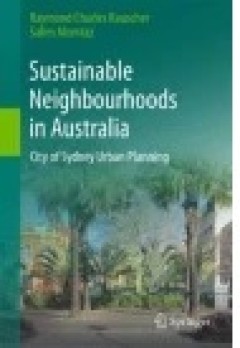
Sustainable Neighbourhoods in Australia
This book examines the planning and implementation of policies to create sustainable neighborhoods, using as a case study the City of Sydney. The authors ask whether many past planning and development practices were appropriate to the ways that communities then functioned, and what lessons we have learned. The aim is to illustrate the many variations within a city and from neighborhood to neigh…
- Edition
- -
- ISBN/ISSN
- 978-3-319-17572-0
- Collation
- XXV, 223
- Series Title
- -
- Call Number
- -
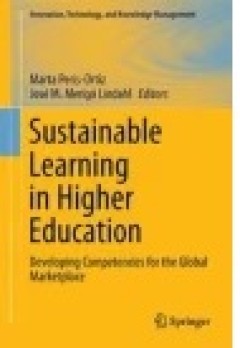
Sustainable Learning in Higher Education
The demands of today’s society represent a major challenge for universities and their teaching staffs. Professors need to adapt their teaching methods to meet these new challenges. For example, universities need to prepare new generations of students with the ability to select, update and use knowledge, rather than processing facts and formulas. Students need to be capable of learning in diff…
- Edition
- -
- ISBN/ISSN
- 978-3-319-10804-9
- Collation
- XVIII, 172
- Series Title
- Innovation, Technology, and Knowledge Management
- Call Number
- -
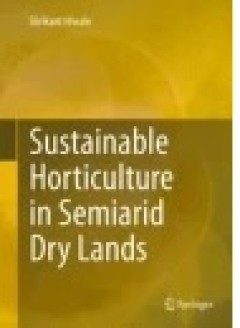
Sustainable Horticulture in Semiarid Dry Lands
This book discusses ways of increasing production/unit area by making full use of the soil and water under the harsh climatic conditions of semiarid areas. This leads to improved sustainability, increased availability of fresh produce, which is vital for human health and higher incomes for small and marginal farmers. Arid and semiarid areas account for almost 70 per cent of the total cropped ar…
- Edition
- -
- ISBN/ISSN
- 978-81-322-2244-6
- Collation
- XXXIV, 393
- Series Title
- -
- Call Number
- -
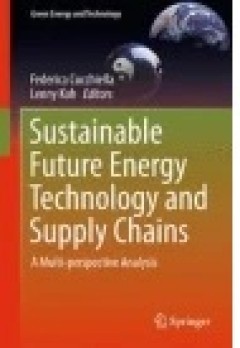
Sustainable Future Energy Technology and Supply Chains
This book provides a valuable resource for anyone who wishes to understand how sustainable use of energy can lead to increased efficiency of industrial supply chains and improved financial profitability. The book is organized around real examples and case studies that can be applied to real-world problems. Furthermore, insight is provided by an international panel of contributors, and the book …
- Edition
- -
- ISBN/ISSN
- 978-3-319-02696-1
- Collation
- X, 170
- Series Title
- Green Energy and Technology
- Call Number
- -

Geomorphic Approaches to Integrated Floodplain Management of Lowland Fluvial …
This volume provides a comprehensive perspective on geomorphic approaches to management of lowland alluvial rivers in North America and Europe. Many lowland rivers have been heavily managed for flood control and navigation for decades or centuries, resulting in engineered channels and embanked floodplains with substantially altered sediment loads and geomorphic processes. Over the past decade, …
- Edition
- -
- ISBN/ISSN
- 978-1-4939-2379-3
- Collation
- IX, 356
- Series Title
- -
- Call Number
- 658 GEO
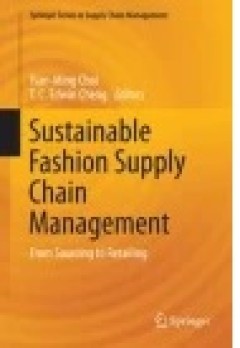
Sustainable Fashion Supply Chain Management
This handbook is a compilation of comprehensive reference sources that provide state-of-the-art findings on both theoretical and applied research on sustainable fashion supply chain management. It contains three parts, organized under the headings of “Reviews and Discussions,” “Analytical Research,” and “Empirical Research,” featuring peer-reviewed papers contributed by researchers …
- Edition
- -
- ISBN/ISSN
- 978-3-319-12703-3
- Collation
- X, 201
- Series Title
- Springer Series in Supply Chain Management
- Call Number
- -
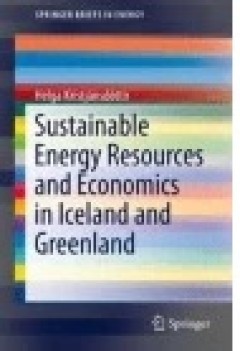
Sustainable Energy Resources and Economics in Iceland and Greenland
This book provides fascinating examples of the ways renewable and sustainable energy can support economic growth, which will be illuminating for academic researchers and students, as well as those interested in green investment opportunities. The distinctive glacial, volcanic and oceanic environments of Iceland and Greenland supply abundant renewable energy resources in the form of hydropower a…
- Edition
- -
- ISBN/ISSN
- 978-3-319-15174-8
- Collation
- VII, 79
- Series Title
- SpringerBriefs in Energy
- Call Number
- -
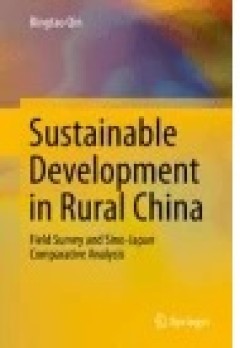
Sustainable Development in Rural China
The book provides a study of sustainable development in rural China. Because of its huge population and vast land area, this is an important issue not only for China but for the whole world. The research presented is both multi aspect and systematical. It can be likened to a tree where the trunk is the three main aspects: economy, environment and rural society, and the five main branches are ag…
- Edition
- -
- ISBN/ISSN
- 978-3-662-46476-2
- Collation
- X, 105
- Series Title
- -
- Call Number
- -

Trade Credit and Temporary Employment
This book presents an empirical investigation into the relationship between companies' short-term response to capital and labor market frictions and performance. Two different kinds of performance measures are considered, namely innovation performance and firm performance. The author focuses on two major topics: first, on the relation between innovation performance and the use of trade credit. …
- Edition
- 1
- ISBN/ISSN
- 978-3-319-29850-4
- Collation
- XIV, 102
- Series Title
- Contributions to Management Science
- Call Number
- -
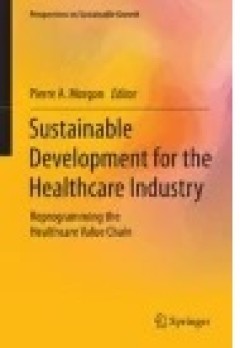
Sustainable Development for the Healthcare Industry
This volume addresses the dynamics of sustainable development in the healthcare industry, covering all major aspects, including R&D, manufacturing, regulation, market access, commercialization, and general management. Healthcare markets are evolving under demographic and economic pressures. In mature markets, patients navigate complex systems with limited control on healthcare quality and outc…
- Edition
- -
- ISBN/ISSN
- 978-3-319-12526-8
- Collation
- X, 154
- Series Title
- Perspectives on Sustainable Growth
- Call Number
- -
 Computer Science, Information & General Works
Computer Science, Information & General Works  Philosophy & Psychology
Philosophy & Psychology  Religion
Religion  Social Sciences
Social Sciences  Language
Language  Pure Science
Pure Science  Applied Sciences
Applied Sciences  Art & Recreation
Art & Recreation  Literature
Literature  History & Geography
History & Geography